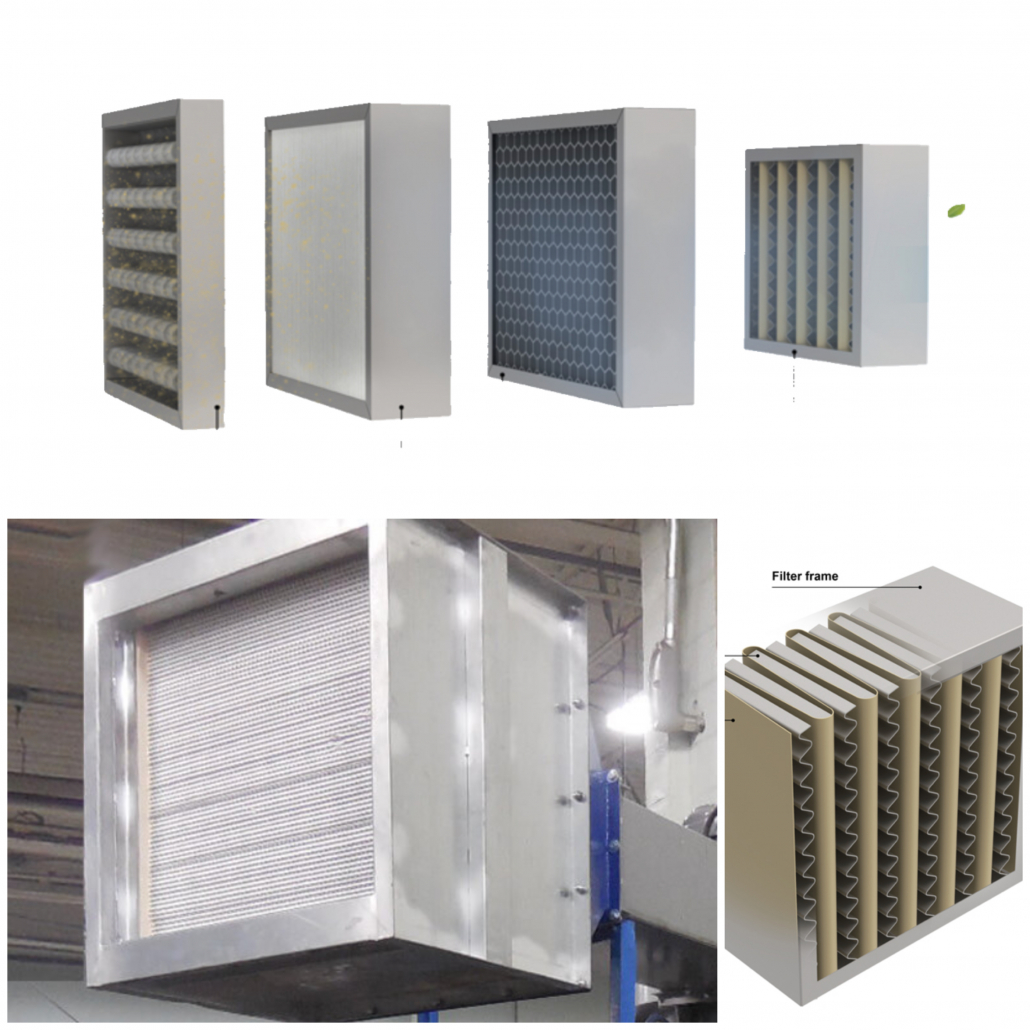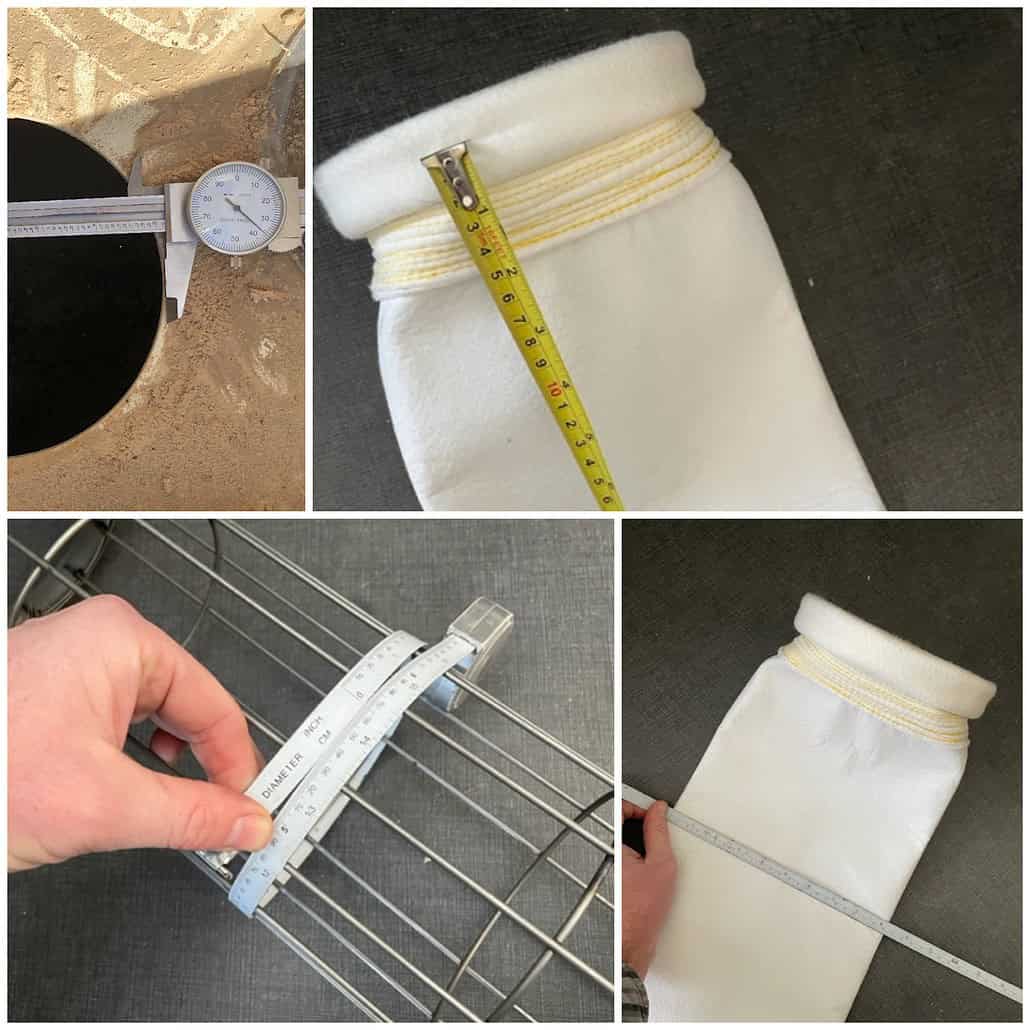By Dominick DalSanto
Environmental Technologies Expert & Author
Baghouse.com
In today’s world increasing public attention is being given to environmental issues. Politicians and lawmakers are following suit by making modifications to existing pollution control legislation. The general consensus is that environmental regulations are going to be getting much tougher in the near future. Even though certain political factions are vehemently opposing many of theses actions, the trend is most assuredly heading towards tighter regulation of emissions.
This is evidenced by recent actions of the EPA (Environmental Protection Agency). Recently the agency issued new regulations regarding the emission of Mercury (Hg) and other heavy metals such arsenic, chromium, and nickel, and acidic gases, including hydrogen chloride (HCl) and hydrogen fluoride (HF), as well as other kinds of particulate matter (PM).
The agency also has assorted that it has authority under the U.S. Clean Air Act to regulate Green House Gases (GHGs) that are believed to be contributing to global warming trends. This will mean that large GHG emission sources will be subject to quotas and be required to acquire emissions permits for GHG emissions. These actions are in line with the current presidential administration’s environmental policy.
These and other developments, while still in their early stages will soon result in increased difficulty obtaining and staying in compliance with air permits. A process that already many in industry describe as overly complex and easy to get lost in. Many have a hard time sorting through the seemingly endless barrage of new and updated regulations. Often only realizing they have failed to meat their requirements after an inspection has taken place, and their facility has been assessed heavy fines.
New Series of Articles Regarding Air Permitting and Compliance
These new standards are particularly applicable to dust collection systems. The new EPA regulations covering particulate matte, along with Mercury and other heavy metals, poses many challenges for plants to reach compliance. Many facilities housing outdated dust collection systems, such as Shaker designs, and use baghouse filters made from older materials that are not as efficient as newer materials such at PTFE membrane. Additionally, due to shrinking maintenance budgets many dust collection systems are in a state of disrepair and as such are operating well below optimal efficiency. These factors will can potentially lead to achieving compliance with new and updated air permits quite difficult for facility management.
We here at Baghouse.com are now preparing a series of articles to assist facility management with these issues. The new series will present an overview of the air permitting process. It will include case studies that highlight some of the difficulties involved in obtaining, and the implementation of air permits. We will also include helpful information from several consulting firms that work with industrial clients with the permitting process; from obtaining and negotiating air permits, to obtaining and maintaining compliance with them.
Read more about how to overcome unfair and confusing enforcement by regulatory bodies of emissions permits in the next article in the series: Industrial Air Permits & Your Dust Collection System – Unfair and Confusing Enforcement
About the Author
| Dominick DalSanto is an Author & Environmental Technologies Expert, specializing in Dust Collection Systems. With nearly a decade of hands-on working experience in the industry, Dominick’s knowledge of the industry goes beyond a mere classroom education. He is currently serving as Online Marketing Director & Content Manager at Baghouse.com. His articles have been published not only on Baghouse.com , but also on other industry related blogs and sites. In his spare time, Dominick writes about travel and life abroad for various travel sites and blogs.






